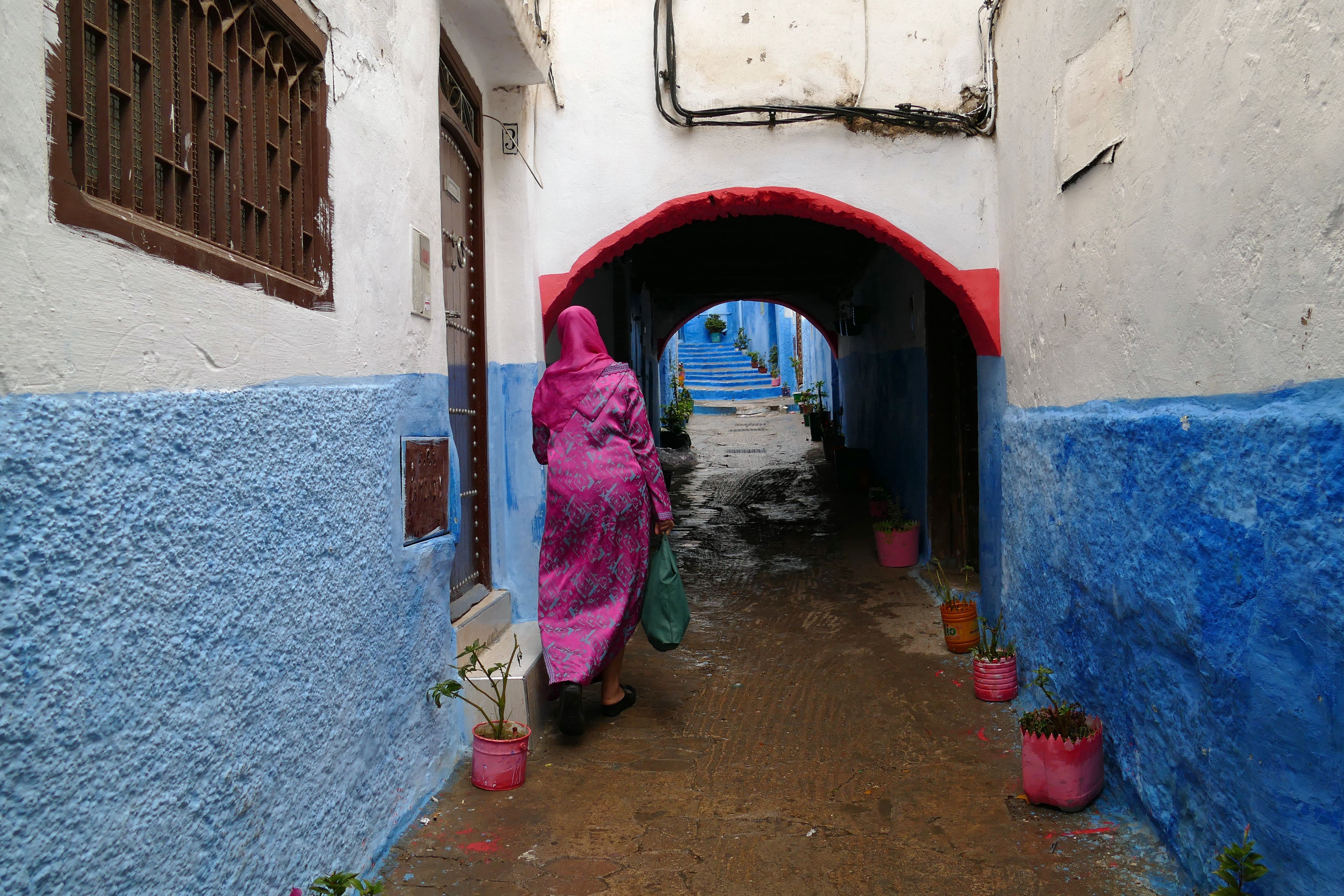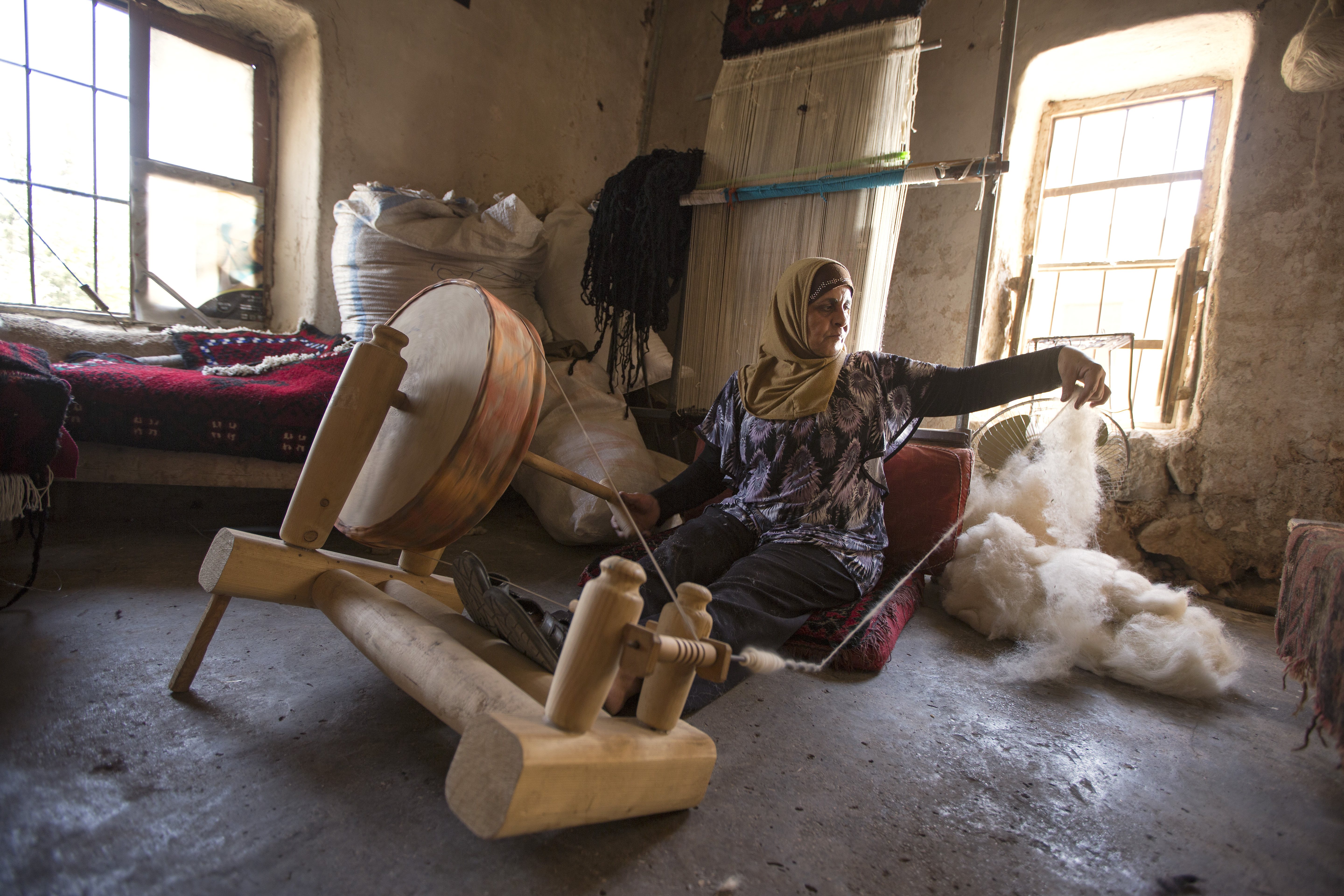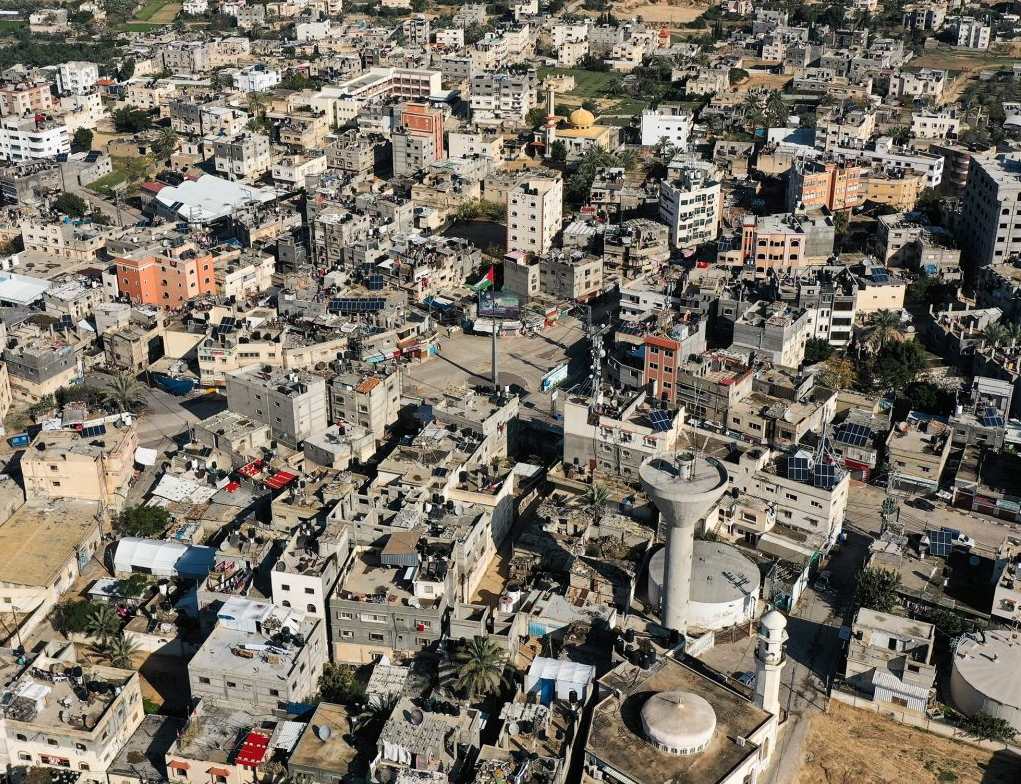*By Giulia Maci, Urban Specialist, Cities Alliance and Colette Donadio, Gender Specialist
As women’s movements are on the rise, gender equality is far from being achieved: many regions across the world are still lagging in terms of women’s rights and participation, both economic and political.
The MENA region figures as one of the lowest performing in terms of women’s economic participation, especially regarding their inclusion within the labour force. The rate of female labour force participation in MENA is 20 per cent, in comparison to the global average for women which is circa 50 per cent.
As for women’s political empowerment, UN Women states that the region has the second lowest percentage of women in national parliaments and the lowest participation of women in local government bodies at 18 per cent.
The COVID-19 crisis and its economic consequences have also heavily impacted women's employment and are likely to impact them further in conjunction with the rippling effects of the global crises due to the Ukraine war.
Despite this grim picture, women’s movements in the MENA region are reclaiming space and bringing gender equality back on the agenda. The emergence of women’s movements demonstrates the dire need for different narratives, straining away from the injustice of discriminatory laws and customary patriarchal practices.
In Palestine, women-led movements are voicing their right to a liberated motherland. In Tunisia, following the implementation of new legislation, including a new gender-discriminatory electoral law, feminist movements demand parity for women and men in the public and political sphere. In Iran, in the aftermath of the death of a young woman at the hands of the morality police, female activists are leading mass protests against the regime and government authorities.
Protests are mainly occurring in urban areas: cities are key venues of social and political transformations due to increased globalised mobility.
Men and women are not able to use and enjoy the opportunities and rights that cities offer in the same way.
At the same time, the unravelling of women-led movements in the region triggers a sentiment of unfairness: the very spaces that women are reclaiming are often un-democratic and most definitely not gender-sensitive. Spatial gender segregation contributes to and perpetuates gender stratification by reducing women’s rights and political participation.

Urbanisation and gender equality in the MENA region
Gendered urban inequalities are particularly evident in the MENA region, the most urbanized region in the developing world after Latin America with 66 per cent of its population living in cities. Women face a tremendous number of challenges regarding access and fruition of public spaces or lack thereof in most cases.
For instance, researchers have investigated the distribution and access to public spaces in cities that have a distinct majority of the Islamic population. In Politics of Piety (2005), Saba Mahmood researched women’s role in mosques in Egypt, and Deborah Kapchan focused on women in marketplaces in Morocco in Gender on the Market (2010).
Women have indeed played a role in Islamic history in creating cities and their architecture. To name a few, the wealthy Fatima and Mariam Al-Fihri were the founders of the University of Fez; Mama Hatun who headed the Erzurum-based Emirates between 1191 and 1201, had a caravanserai, a mosque and a bridge built in Tercan; and Turan Melek Sultan, daughter of the Mengejek ruler of Erzincan, built the Hospital of Divrigi in 1228.
Despite their milestones and achievements, women are consistently limited in their experience as urban dwellers and users.
Women are subject to highly pervasive verbal and physical sexual harassment in public spaces. The Arab Barometer reports that verbal sexual harassment in public places is widespread in MENA cities, limiting women’s freedom to move. Women are heavily exposed to sexual violence too. It is clear that, with concerns about their safety and well-being, women’s ability to enjoy cities and move around is constantly at stake, limiting their whereabouts.
Women’s presence in, and relationship with, public spaces is often influenced by traditional roles and practices. Available evidence argues that the way women experience the public sphere differs from the way men do. A widespread interpretation of Islamic law conceptualizes the different levels of inclusion for the two sexes in the domestic – ‘private’- and extra domestic – ‘public’- spaces, with the latter habitually reserved to men.
Research shows that patriarchy and conservative customs have a fundamental role in restricting women to the home space. Personal Status Law1 in many MENA countries can play a part in limiting a woman’s freedom of movement, offering loopholes to husbands or male relatives to claim their right to take decisions in her place.
While women are on the rise when it comes to reclaiming their spaces, their political and economic participation remains alarmingly low in MENA countries. Albeit their political participation in the region has recently exceeded the 10 per cent mark, most likely due to quota adoption in the wake of the Arab Spring, barriers to women’s political participation persist: conflicts, Gender-Based Violence, and patriarchal and prohibitive laws.

The way ahead: examples from the region
Many locally crafted and owned practices illustrate how change can be brought about in the region, redefining one space at a time.
In Egypt, the Women’s Village - a government-promoted initiative, is a conglomeration of houses, reachable within a two-hour drive from the city of Aswan. The many widowed or divorced women of the village are often the only caregivers for their families. Each inhabitant was given land, a house, and living stock to sell for income, Women were incentivized with mortgages notably almost 80 per cent lower than in other parts of the country.
Also in Egypt, the city of Damietta was awarded the 2021 UNESCO Learning City Award for outstanding progress in providing lifelong learning opportunities for its inhabitants, including the empowerment of women. The award came in conjunction with the city’s participation in the Safe Cities programme implemented by UN Women, a programme that intends to empower women by creating urban public spaces that are safe and accessible for them.
Femmedina, in Tunisia, is another example of how public spaces have been rethought to meet the different user demands of women and men. This gender-focused project implemented by Cities Alliance and the municipality of Tunis rehabilitated public historical spaces by including women in planning processes to reshape the city centre. Women, including those most marginalized, were empowered to bring their perspectives to the table and contribute to collective decision-making.
In Lebanon, where feminist movements have historically been very vocal, Sara Richani and Wissam Kibbi, two young artists, reclaim the streets with their mural paintings, with artists’ faces asking for a political change. The female counterpart of the duo asks for her rights to be respected, just like her fellow artists.
In Jordan, women are committed to occupying the same physical and public spaces as men - in the Ghor Al Safi town in the Southern Jordan Valley, women took part in the community consultation, organized by UN-Habitat together with UNOPS, ILO, the Zaha Cultural Centre and the Municipality of Southern Jordan Valley, on the development of a local community centre and public space.

Increasingly conscious of their rights, women in Syria, Iran, Egypt, Morocco, and Yemen are also staging organized efforts to claim their rights, including the one to enter the political sphere by ensuring a female quota in parliament.
Public spaces are alive and interconnected, they play a role and impact women’s conditions and the way they experience space: for instance, an accessible and functioning facility for children can empower women in countless ways, relieving them from the burden of care work. This is the case of the work carried out by Doostan, an Iranian charity that is designing learning spaces for women and disabled children in the city of Bushehr. An educational facility that can meet women’s specific needs and that is also inclusive and accessible.
The challenges are many, but the rise of women’s mouvements and of feminist voices reclaiming urban spaces in the MENA region is a profound sign of much-needed changes to create inclusive and just societies.
Grassroots movements and bottom-up collective actions to create and recover inclusive spaces for women are expanding, building experiences and actions that question imbalanced power relations and use urban planning as a tool to make inequalities visible. Only through a holistic, intersectional, inclusive, and gender-responsive approach to urban planning, the challenges faced by women in the MENA region can be addressed, and solutions identified.
1 Personal status law is the ensemble of characteristics that determine an individual’s personal and legal status in society.
Disclaimer: The opinions expressed herein are solely those of the authors and do not necessarily reflect the official views of Cities Alliance, its members, or UNOPS.





